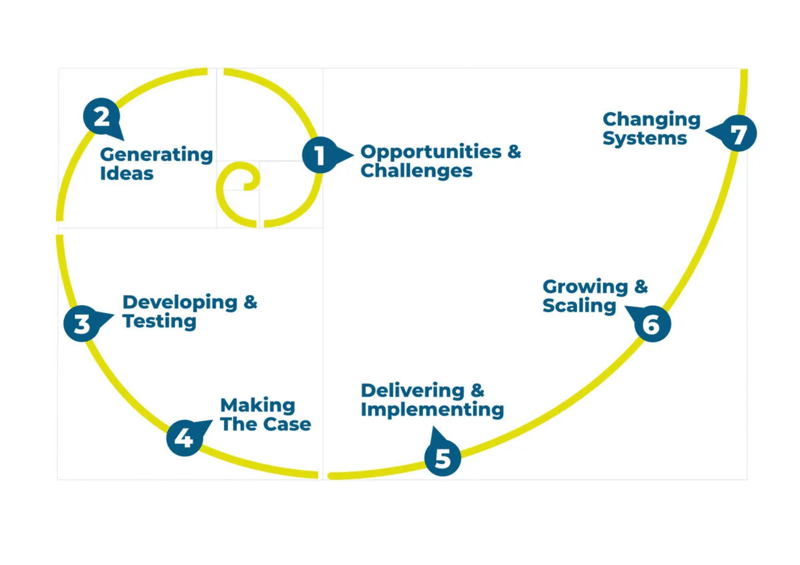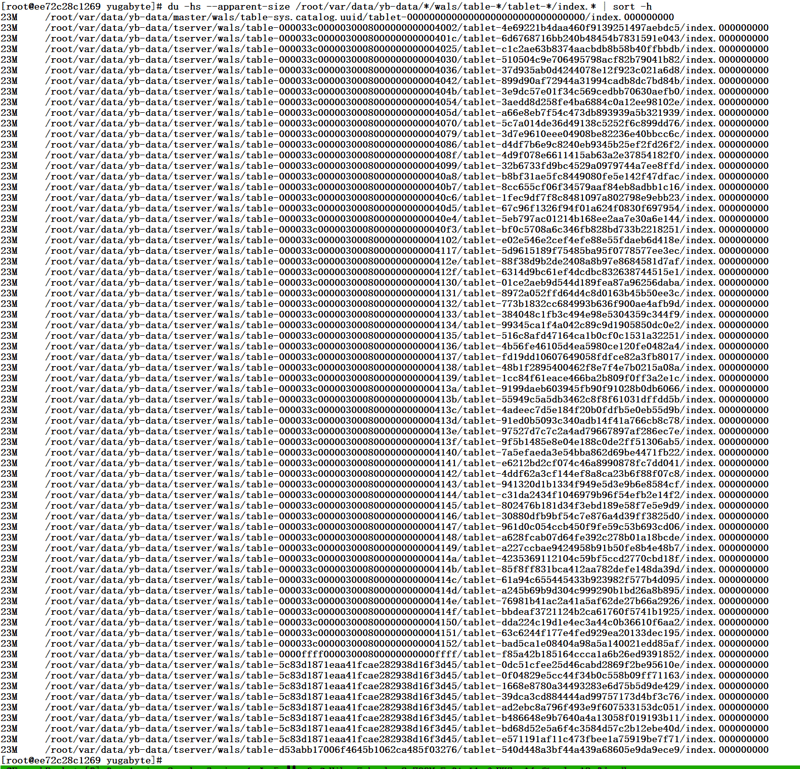In the ever-evolving landscape of software development, Python has emerged as a language of choice for programmers worldwide. Its simplicity, versatility, and robust library support have made it a favourite among both beginners and seasoned developers. This article, titled “Enhance Your Project Quality with These Top Python Libraries”, aims to guide you through some of the most powerful and efficient Python libraries that can significantly enhance the quality of your projects.
Python’s extensive collection of libraries is one of its most attractive features. These libraries, each with its unique capabilities, can simplify complex tasks, reduce coding time, and increase the efficiency and performance of your projects. Whether you’re working on data analysis, machine learning, web development, or any other domain, Python has a library that can make your job easier. Please note that while this article aims to be as comprehensive and accurate as possible, the world of Python libraries is vast and constantly evolving. Therefore, I encourage readers to continue exploring and experimenting beyond what is covered here.
In the realm of software development, the quality of code is paramount. It is the bedrock upon which reliable, efficient, and maintainable software is built. The main components that contribute to code quality include code style, linters, code formatters, type checking, unit tests, and documentation.
Code style
Code style is the set of conventions and guidelines that developers adhere to when writing code. It ensures consistency, readability, and understandability across the codebase, making it easier for others to read and maintain. Code formatters automatically format code according to a specified style guide. They save developers time and effort, and ensure that the codebase has a consistent look and feel.
There are several Python libraries that can help improve code style:
PEP8 (pycodestyle): Named after Python’s PEP 8 style guide, this tool checks your Python code against some of the style conventions in PEP 8.
Black: Known as “The Uncompromising Code Formatter”, Black automatically formats your Python code to conform to the PEP 8 style guide. It takes away the hassle of having to manually adjust your code style.
isort: This library sorts your imports alphabetically, and automatically separates them into sections and by type. It provides a cleaner and more organised way to manage project imports.
YAPF (Yet Another Python Formatter): YAPF takes a different approach in that it’s based off of ‘clang-format’, a popular formatter for C++ code. YAPF reformats Python code so that it conforms to the style guide and looks good.
AutoPEP8: This tool automatically formats Python code to conform to the PEP 8 style guide. It uses pycodestyle, a library that encapsulates the functionality of the original pep8 tool.
These libraries can be integrated into your development environment or used as part of your continuous integration pipeline to ensure that all code adheres to your project’s style guidelines.
Linters
Linters are tools that analyse code to detect potential errors, bugs, stylistic errors, and suspicious constructs. They enforce a level of quality and consistency, and help developers avoid common pitfalls and mistakes.
Linting is an essential part of writing clean, error-free Python code. Here are some Python linter libraries that are widely used:
Pylint. This is one of the most popular and comprehensive linter tools for Python. Pylint checks for errors, tries to enforce coding standards, and looks for bad smells in your code. It also provides useful features such as checking line-code’s length, checking if variable names are well-formed according to your coding standard, and more.
Flake8. This library is a wrapper around pycodestyle (PEP8), pyflakes, and Ned Batchelder’s McCabe script. It is a great toolkit for checking your code base against coding style (PEP8), programming errors (like SyntaxError, NameError, etc) and to check cyclomatic complexity.
Pyflakes is a simple program that checks Python source files for errors. It is similar to PyLint but focuses only on errors, not style. This makes it faster and less intrusive than some other tools.
Bandit is a tool designed to find common security issues in Python code. It was developed by the OpenStack Security Project and is a great addition to any serious Python project.
Ruff is a Python linter that helps to identify and remove code smells. Over 700 built-in rules: Ruff includes native re-implementations of popular Flake8 plugins, like flake8-bugbear. And also built-in caching to avoid re-analyzing unchanged files.
Pylama is a code audit tool for Python that wraps tools like Pylint, pycodestyle, PyFlakes, McCabe, and others to provide a unified interface.
Prospector is a Python static analysis tool that combines multiple Python linters for a more comprehensive error check.
These linter libraries can be integrated into your development environment or used as part of your continuous integration pipeline to ensure that all code adheres to your project’s style guidelines and is free from common errors.
Type checking
Type checking is the process of verifying and enforcing the constraints of types. It can catch and prevent many types of bugs, making the code safer and more predictable.
Mypy is a static type checker for Python that combines the benefits of dynamic typing and static typing. Mypy checks that the types of variable values match their declared types, and it can catch a whole class of bugs before the code is even run.
Pyright is a fast type checker meant for large Python source bases. It can run in a “watch” mode and performs fast incremental updates when files are modified.
Pytype checks and infers types for your Python code – without requiring type annotations. Pytype can catch type errors in your Python code before you even run it.
Pyre is a performant type-checker developed by Facebook. Pyre can analyse codebases with millions of lines of code incrementally – providing instantaneous feedback to developers as they write code.
MonkeyType collects runtime types of function arguments and return values, and can automatically generate stub files or add type annotations directly to your Python code based on the types collected at runtime.
Each of these libraries has its own strengths and weaknesses, and the choice between them often depends on the specific needs of the project. It’s also worth noting that these tools are most effective when used in conjunction with good testing practices.
Unit tests
Unit tests are small, isolated tests that verify the functionality of a specific section of code. They provide a safety net, allowing developers to refactor and add features with confidence.
PyTest is a mature full-featured Python testing tool that helps you write better programs. It provides a simple and easy way to write tests and has a powerful set of features. PyTest allows for compact test suites and introduces the concept that Python tests should be plain Python functions instead of forcing developers to include their tests inside large test classes.
Unittest is a built-in module of Python. It’s inspired by the xUnit framework architecture. This is a great tool to create and organise test cases in a systematic way. You can use unittest.mock with pytest when you need to create mock objects in your tests. The unittest.mock module is a powerful feature in Python’s standard library for creating mock objects in your tests. It allows you to replace parts of your system under test and make assertions about how they have been used. So, even though pytest is a different testing framework, it can work seamlessly with unittest.mock for creating and using mock objects.
DocTest is another module that’s part of the Python standard library. It searches for pieces of text that look like interactive Python sessions in docstrings, and then executes those sessions to verify that they work exactly as shown.
Tox is a powerful tool in Python development, primarily used for automating and standardised testing across multiple environments. It’s part of a larger vision of easing the packaging, testing, and release process of Python software. You should consider using tox in the following scenarios if your application needs to run across different Python versions, tox can help ensure your code works consistently across all these versions; If your project has complex dependencies, tox can manage and isolate these dependencies in different environments.
Hypothesis is a Python library for creating unit tests that are simpler to write and more powerful when run, finding edge cases in your code you wouldn’t have thought to look for. It is stable, powerful, and easy to add to any existing test suite. It allows you to write tests that assert that something should be true for every case, not just the ones you happen to think of. This approach is often called property-based testing, and was popularised by the Haskell library Quickcheck.
Documentation
Documentation is the written text that accompanies the code, explaining how it works and how to use it. Good documentation makes the codebase accessible and understandable to others, and serves as a valuable reference.
Sphinx is a tool that makes it easy to create intelligent and beautiful documentation. It was originally created for the Python documentation, and it has excellent facilities for the documentation of Python projects, but C/C++ is already supported as well, and it is planned to add special support for other languages as well.
MkDocs is a fast, simple and downright gorgeous static site generator that’s geared towards building project documentation. Documentation source files are written in Markdown, and configured with a single YAML configuration file.
Pydoc is a module in Python that generates documentation for modules, scripts, and classes. Pydoc provides a way to access Python’s built-in documentation strings and provides an interface for viewing the documentation in a user-friendly format.
Read the Docs simplifies software documentation by automating building, versioning, and hosting of your docs for you.
Doxygen is a documentation generator, a tool for writing software reference documentation. The documentation is written within code, and is thus relatively easy to keep up to date. Doxygen can cross reference documentation and code, so that the reader of a document can easily refer to the actual code.
Remember that code quality is a continuous process. Regularly review and refactor your code to maintain high standards. Happy coding!
Author is Mark Andreev, SWE @ Conundrum.ai




